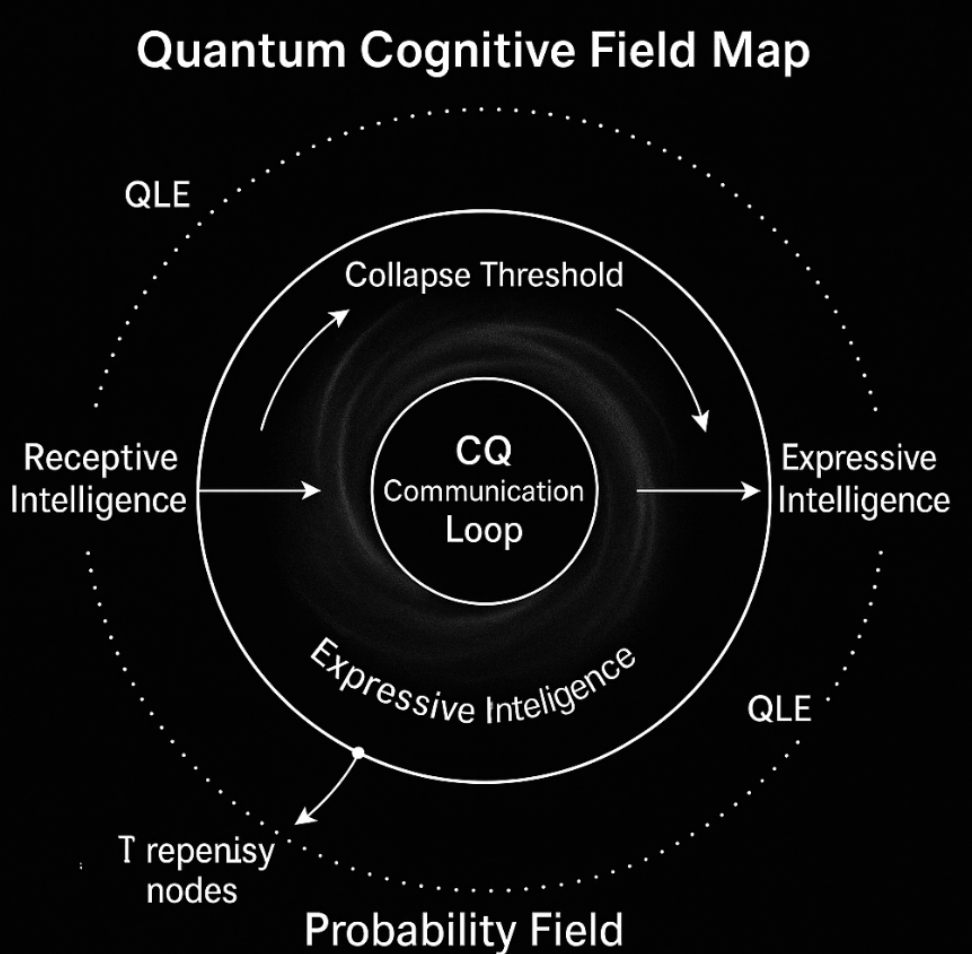The CQ: Communication Quotient™ Integrated Model of Communication

/ Methodology / The CQ: Communication Quotient™ Integrated Model of Communication
A Unified Cognitive Framework for Human Communication
The CQ Integrated Model conceptualizes communication as an interplay of three interconnected systems:
1. Receptive Intelligence™ (RI) - Processes involved in taking in information: attention, listening, perception, emotional decoding, contextual interpretation.
2. Expressive Intelligence™ (EI) - Processes involved in conveying information: language production, clarity, timing, emotional expression, nonverbal cues.
3. Interpretive Intelligence (II) - Processes involved in meaning-making: reasoning, inference, assumption detection, narrative formation, ambiguity tolerance.

These systems function within a dynamic loop, continuously updating based on feedback from internal and external cues. Effective communication emerges when these systems operate in balance; communication breakdowns occur when one system collapses under stress, cognitive load, or emotional activation.
The model draws on established research across prefrontal cognition, auditory processing, emotional regulation, and perspective-taking.
References:
Hayes, S. C., Barnes-Holmes, D., & Roche, B. (Eds.). (2001). Relational frame theory: A post-Skinnerian account of human language and cognition. Springer Science & Business Media
Premack, D., & Woodruff, G. (1978). Does the chimpanzee have a theory of mind? Behavioral and Brain Sciences, 1(4), 515-526.
